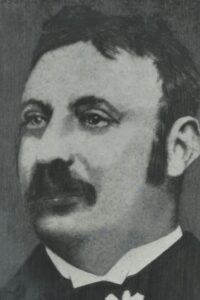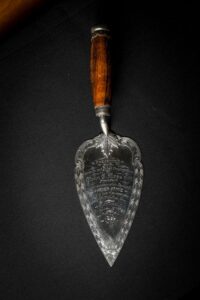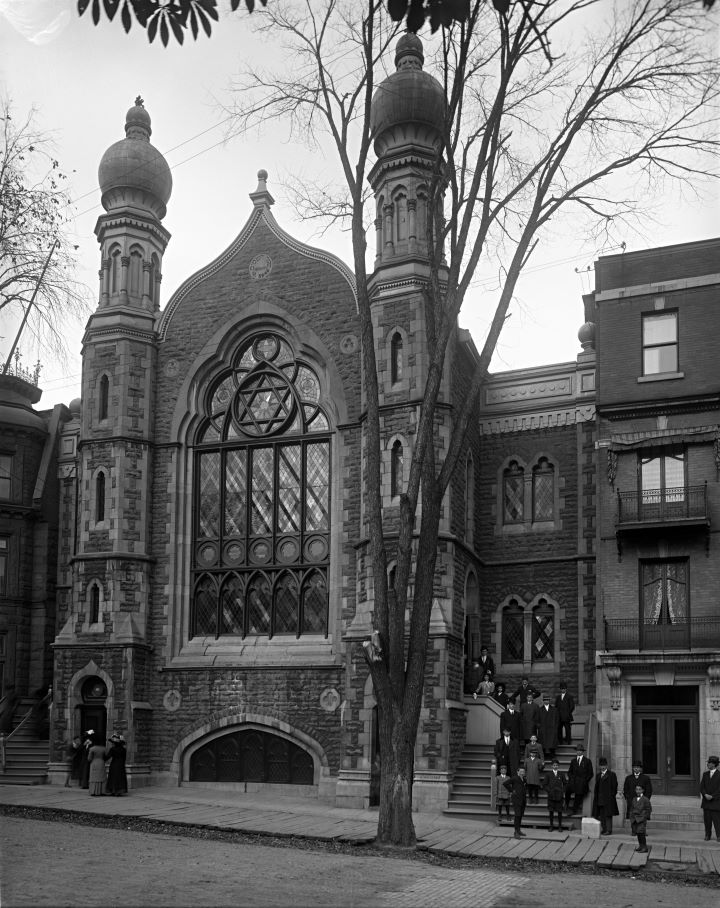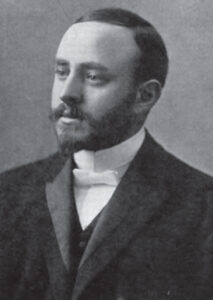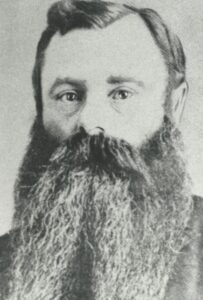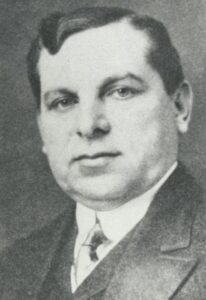Part 2: The Early Years
In 1885, the Congregation purchased a plot of land on McGill College. A cornerstone was laid by synagogue president John E. Moss on October 21st of that year.
The new building was officially dedicated and opened one year later. In his remarks at the ceremony, John E. Moss declared that the Congregation would thenceforth be known as Congregation Shaar Hashomayim.
This was inspired by the official name of the Bevis Marks Synagogue in London, and derives from a passage in Genesis 28:16–17 describing Jacob’s dream of the ladder:
“And Jacob awaked out of his sleep, and he said: ‘Surely the Lord is in this place; and I knew it not. / And he was afraid, and said ‘How full of awe is this place! this is none other than the house of G-d, and this is the gate of heaven” (28:16-17)
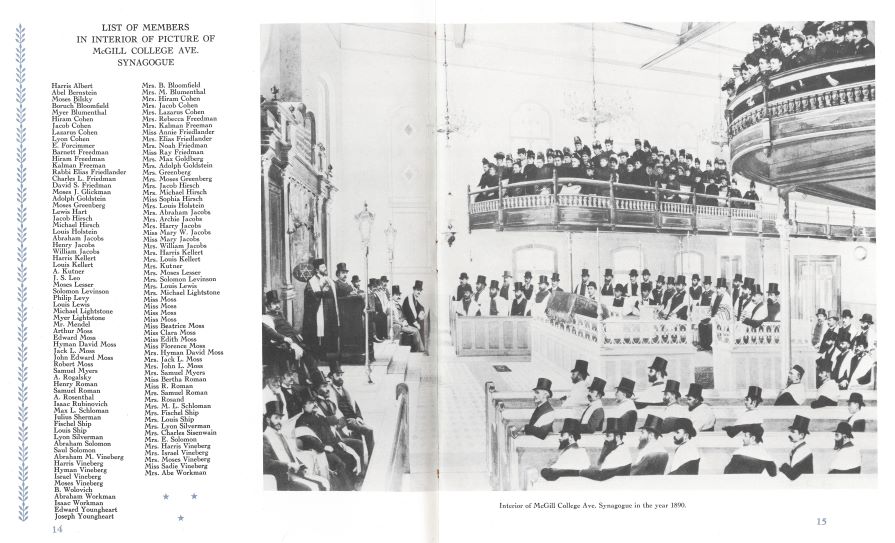
A composite photograph taken inside Congregation Shaar Hashomayim’s building on McGill College Avenue, 1890.
A contemporary composite photograph—widely reproduced in books on Canadian Jewish history—shows the inside of the synagogue.
The fin de siècle fittingly marked a transition in the synagogue’s leadership. Since its beginnings, the Congregation had not succeeded in securing a rabbi beyond short terms. This changed when a 22-year-old recent graduate of the Jewish Theological Seminary in New York named Rabbi Dr. Herman Abramowitz was hired in 1902. This was at the recommendation of Solomon Schechter, one of the most eminent Jewish figures of the 19th and early 20th centuries.
Rabbi Abramowitz would go on to serve the Congregation until his death in 1947. During his time as the rabbi, he would garner an important reputation in the Canadian Jewish community. He rose to prominence in 1913 when he was called as a witness in the infamous Plamondon Affair, in which Quebec notary and journalist J. E. Plamondon leveled a blood libel accusation against Quebec’s Jews. Abramowitz testified to the falsity of this antisemitic claim as an expert witness on the Talmud. He also served as Canada’s first Jewish chaplain during World War I.
At the same time, the synagogue’s lay leadership was changing too. The Moss family, who defined the first decades of the synagogue’s life, all departed for England in 1890. This void was filled by families like the Cohens: its patriarch Lazarus Cohen served as President from 1896–1901 and 1907–1914.
Lazarus’ son Lyon, however, would leave an even bigger impression on the synagogue, going on to become the Shaar’s longest serving president (a cumulative 25 years).
Though today perhaps best known as the grandfather of Leonard Cohen, Lyon Cohen was a major figure within the Canadian Jewish community in his own right. He served as the first president of Canadian Jewish Congress. Moreover, he established the Canadian Jewish Chronicle, the first English-language Jewish newspaper in Canada, and founded numerous other community institutions which endure until this day.


